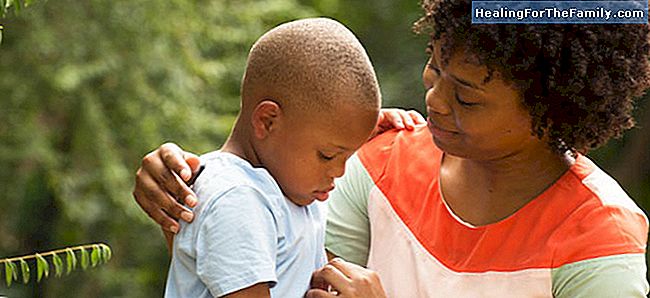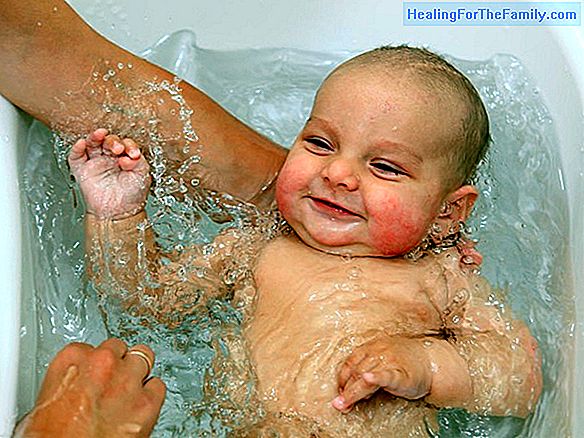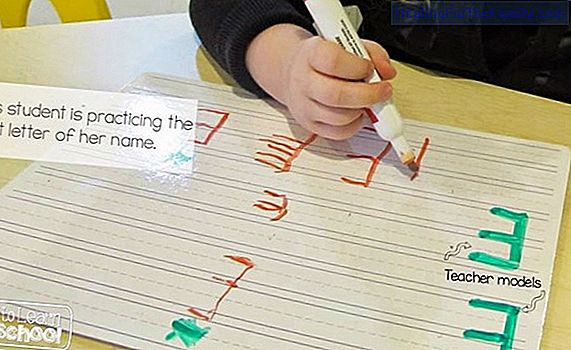Alternatives to the punishment of children
Most of those who are now parents have grown up in an education based on punishment. They have developed in an environment where adults had power and children had to obey. They have matured as people who believe that punishment is the right method for a correct education. Thus, by natural logic they
Most of those who are now parents have grown up in an education based on punishment. They have developed in an environment where adults had power and children had to obey. They have matured as people who believe that punishment is the right method for a correct education. Thus, by natural logic they will educate their children as they did with them.
This implies that the punishment is practiced normally and that it is seen quite frequently in our society. Punishment is used as an apparently effective and immediate tool that acts against bad behavior. However, we propose several alternatives to the punishment of children. Why punishments are used on children
The reasons why punishments are used are very different. The punishment is used because the adult feels that he has no more resources and that he is overwhelmed by the situation

or by his own emotions that he does not know how to channel and unloads his frustration and anger against the child. This type of behavior causes negative consequences in the development of children as:- The child learns to be more careful not to get caught next time, but does not learn "that he should not do it". - Create resentments.
- Affects the child's self-esteem.
- Learn that punishment is the only method to solve problems.
What alternatives to the punishment of children we have
Today we have advanced a lot in our society by finding alternatives that help break social and family beliefs that support educational models based on punishment. Even so, there are still things that we should review.
It is known that diálogo the best option for correcting inappropriate behaviors in children is dialogue pero, but sometimes it is not enough. To this end, educational and effective alternatives must be proposed, accompanied by positive consequences to overcome the difficulties that characterize traditional punishments.
But we have to be careful, since there are times, when we look for these "alternatives", what we actually find are alternative punishments such as: time out, or denial of permits. All of these methods have much in common with physical punishment, and they convey the same messages. The real alternatives are those that will help the child to learn and grow in a healthy way.
Positive discipline is a much more appropriate method for both parents and children, based on the premise that relationships between parents and children should be based on love and mutual respect. It is not about being permissive (or excessively authoritarian), but about being firm, respecting the feelings and needs of each other. We propose alternatives to give positive messages such as:- Be a model of the values that are being taught
. Clearly define the rules and that adults behave in a manner consistent with them.
- Avoid attributing intent to the child's actions
. We must ignore the thought that everything the child does is to love. The child is in a process of psychomotor development and many things that he does "badly" come from the lack of coordination or perceptive that he suffers due to his stage of maturation.
- Ask questionslike: What happened? What do you think will happen now?
- Avoid power struggles.When the child is in the negative phase, avoid entering the power struggle to try to force it because it can wear a lot and you can enter a vicious circle.
- When adults are stressed ... Stop breathing. Taking deep breaths can help you calm down and think more clearly.
- Give your children three things that will help emotionally
: look at them, be gentle and give them individual attention.- Give choice.
Let the child feel that he has a voice. Giving you where to choose helps you feel that you can decide. Avoid monologues, stimulating the participation of the child. -When a tense situation is created el, that the adult whispering helps the child to pay attention and also to cry to the father.
- Give the child time . This will give the child a sense of autonomy and make it easier for him to cooperate.
- Count to 10 (silently) . Sometimes, it takes a little time to think things out more clearly and have an objective view.- Speak positive
. Children create images of our words. Thus, it will be better to say: "go more slowly" to say: "DO NOT run."- If the situation becomes very tense ...
Distract him. "Let's take a break, what else would you like to do".












